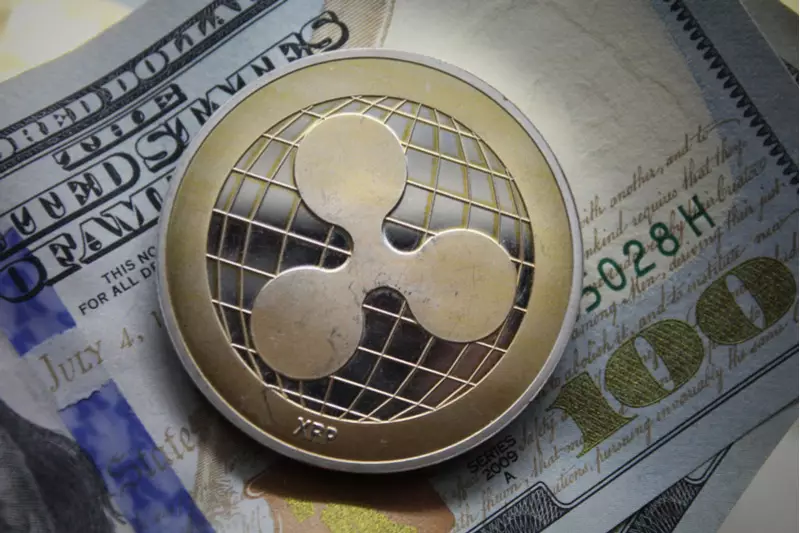In the ever-evolving landscape of cryptocurrency, few personalities are as polarizing as Samson Mow, the CEO of JAN3 and a staunch advocate for Bitcoin. Recently, Mow has reignited discussions regarding the potential cryptocurrency stockpiles that the U.S. government might maintain, vehemently arguing that only Bitcoin (BTC) should have a place in such a reserve. This stance positions Mow not only as a defender of Bitcoin’s pristine properties but also as a vocal critic of alternative cryptocurrencies, notably Ripple and its associated token, XRP.
Mow’s views have resonated with a particular faction of the crypto community known as Bitcoin maximalists, who argue that Bitcoin alone possesses the necessary attributes for a stable and valuable store of wealth. In a recent thread on social media platform X, Mow didn’t shy away from expressing his disdain for Ripple and XRP. His rhetoric suggests a broader theme within the maximalist camp, which tends to disparage other cryptocurrencies, dubbing them pejoratively as “s-coins.” Mow’s comments were not merely an attack on XRP but an attempt to consolidate existing narratives that cast Ripple in a negative light.
Mow’s deep critiques of Ripple extend beyond simple disdain; he frames it within a larger economic narrative concerning taxpayer money. He argues that incorporating cryptocurrencies like XRP into any governmental reserve would be tantamount to reallocating taxpayer funds to companies that generated tokens “out of thin air.” This perspective suggests a fundamental distrust of the mechanisms through which many altcoins are created, in contrast to Bitcoin’s finite supply. Here, Mow draws parallels with Elon Musk’s commentary on government spending, underscoring a sentiment that aligns fiscal responsibility with cryptocurrency governance.
In his statements, Mow articulated the notion that Ripple’s founders had the audacity to simply “push a button” and generate a staggering 100 billion tokens. By leveraging such examples, Mow seeks to fortify his argument that any cryptocurrency not grounded in sound monetary principles is a distraction or even a potential fraud. Moreover, he emphasizes that bolstering altcoins in a governmental context would effectively endorse their questionable business practices.
Interestingly, Mow’s vehement criticism of Ripple received some resonance in the crypto sphere, especially from Bitcoin proponents. Charles Hoskinson, the founder of Cardano, recently echoed a similar sentiment by asserting that the U.S. strategic crypto reserve should also remain exclusive to Bitcoin. However, unlike Mow, Hoskinson has not publicly condemned Ripple, suggesting a more nuanced approach to the altcoin discourse while also recognizing the importance of Bitcoin’s supremacy.
This multifaceted stance from key figures in the Bitcoin community raises broader questions about the future of cryptocurrencies and their place within both private and public sectors. Can coexistence among various cryptocurrencies be viable, or are proponents of Bitcoin destined to continue the culture of exclusion towards altcoins?
Mow’s critiques ignite a vital conversation about the ethical and economic implications of government involvement in cryptocurrencies. While he fervently champions Bitcoin as the sole deserving candidate for a strategic reserve, the discussions surrounding the role of altcoins like XRP emphasize the divided sentiments within the community. As regulations and policies surrounding cryptocurrencies continue to evolve, the debates initiated by figures like Mow are crucial in shaping the future landscape of digital assets — and in defining the worth of currencies beyond Bitcoin.

